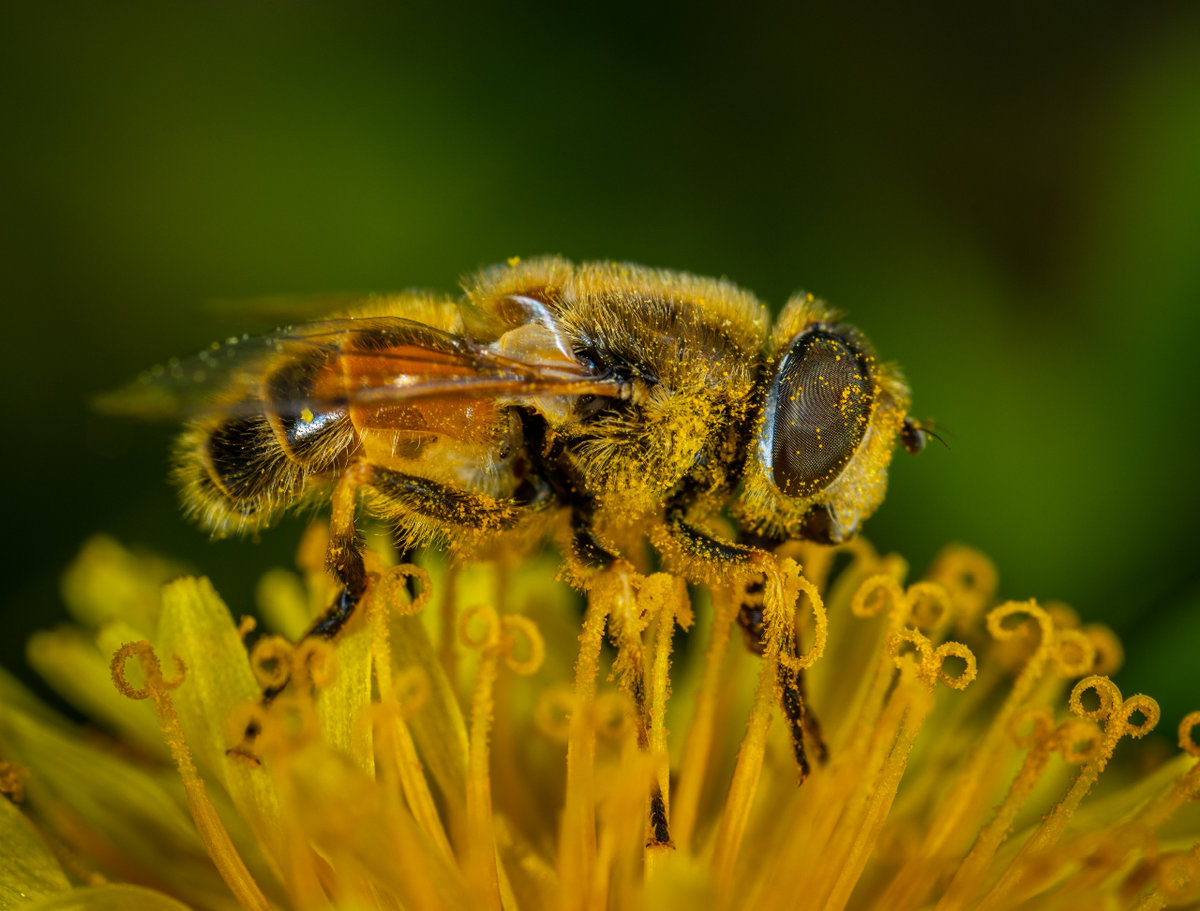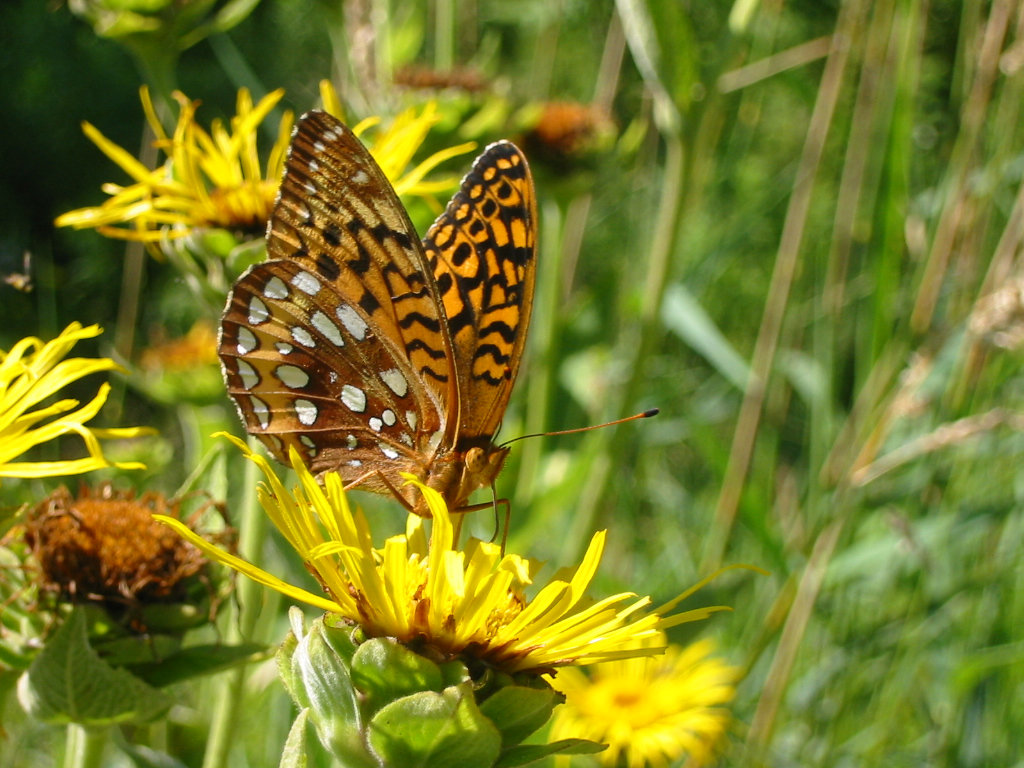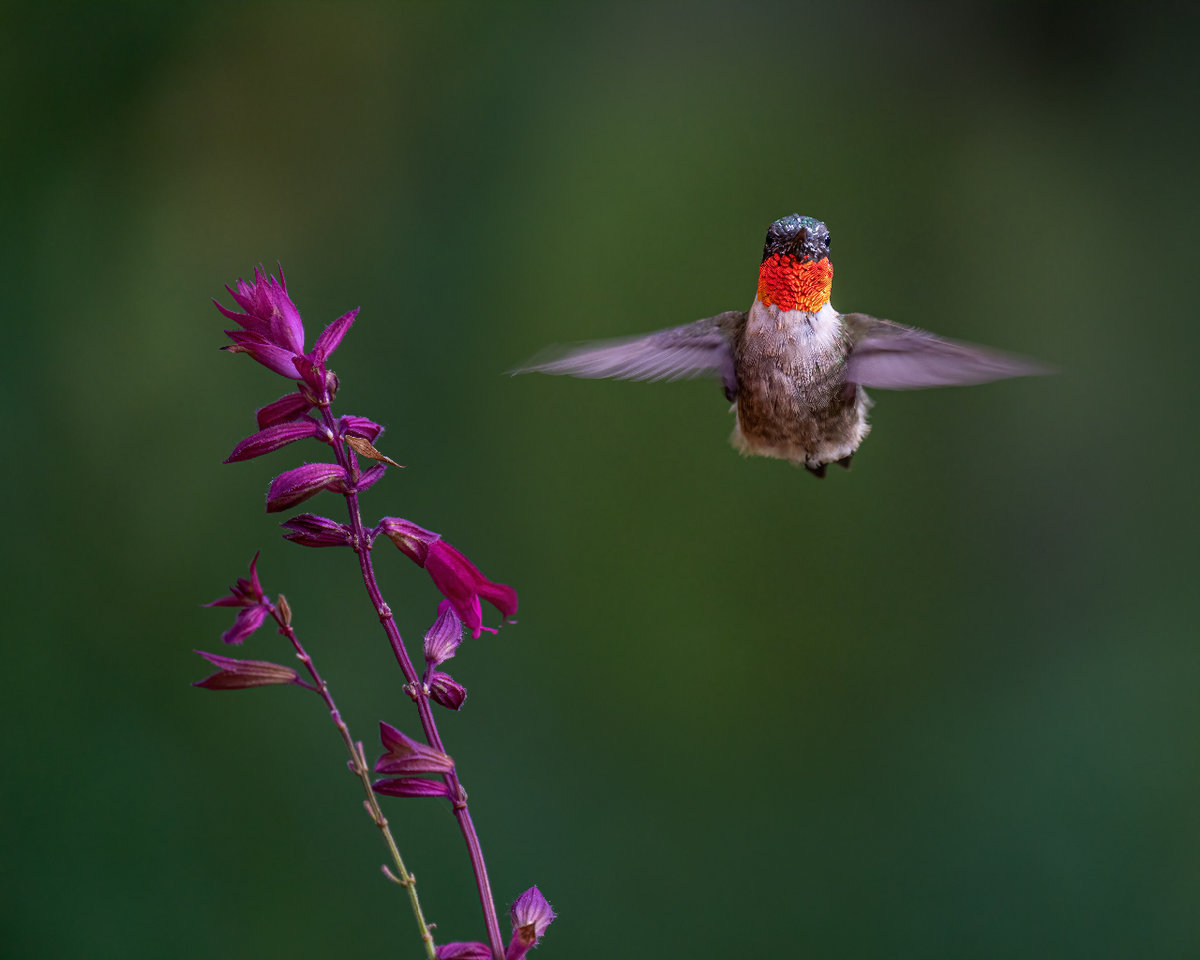
We collect basic website visitor information on this website and store it in cookies. We also utilize Google Analytics to track page view information to assist us in improving our website.
Written by Summer Graham
When we see a field of flowers, the thought of pollinators is often not far behind. Why can’t the same be said when we look at a field of vegetables, or our dinner plates?
The fact is that pollinators (like bees, moths, butterflies, and birds) are responsible for about 1 in every 3 bites of food we eat every day! Without pollinators, we would be unable to produce crops at the rate we currently do, and the resulting food insecurity would be devastating.

Pollination is the transfer of pollen from the male anther of a flower to the female stigma of another flower. This transfer is required to produce seeds, which develop when pollen goes to another flower of the same species.

Seeds are one method that plants use to reproduce and pass on their genetic diversity.
Cross-pollinating species require a separate individual of the same species nearby and a vector, such as wind or a pollinator, to transfer pollen. Pollination doesn’t always require pollinators; in fact, some plant species are self-pollinating, meaning their flowers can fertilize themselves.
Maintaining pollinator diversity is just as important as supporting and protecting pollinators. If we rely on only a handful of species to pollinate all our crops, we risk large-scale food shortages if a disease or other disaster was to impact certain pollinator populations.
Some pollinator species are specialists (pollinating only one or two specific types of plants) instead of generalists (able to pollinate many species). For example, bees and flies visit and pollinate over 90% of the world’s major plant types, while other species, like birds, bats, butterflies, moths, ants, and beetles visit fewer than 6%.
Other species that might pollinate specific plants include cockroaches, mice, squirrels, monkeys, lizards, and even snails! Just because these species are not significant pollinators within our agricultural system, does not make them any less important to protect. The species pollinated by these specialists may rely almost solely on them to be able to reproduce, and so protecting pollinator diversity maintains diversity on other levels in our ecosystem as well.
squirrels, monkeys, lizards, and even snails! Just because these species are not significant pollinators within our agricultural system, does not make them any less important to protect. The species pollinated by these specialists may rely almost solely on them to be able to reproduce, and so protecting pollinator diversity maintains diversity on other levels in our ecosystem as well.
Some key threats to pollinator populations include habitat loss and disturbance, habitat fragmentation, pesticide poisoning, and competition with exotic/introduced pollinator species. Here are some easy things you can do at home to help support your local pollinators!
Protecting pollinators is about more than just saving the bees. We need to shift to more sustainable and efficient methods of food production that help all species of pollinators, not ones that harm them. By promoting native biodiversity on the landscape, we can enhance habitat for more pollinator species, and ensure that sustainable food production is available for generations to come.
Pollinator.org – Bigger than Bees
Diversity, Importance, and Decline of Pollinating Insects in Present Era
Wikipedia – List of Crops Pollinated by Bees
Join our email list to receive occasional updates about Network of Nature and ensure you get the news that matters most, right in your inbox.